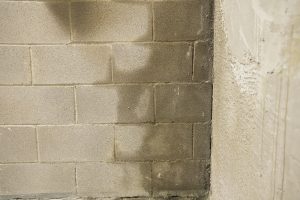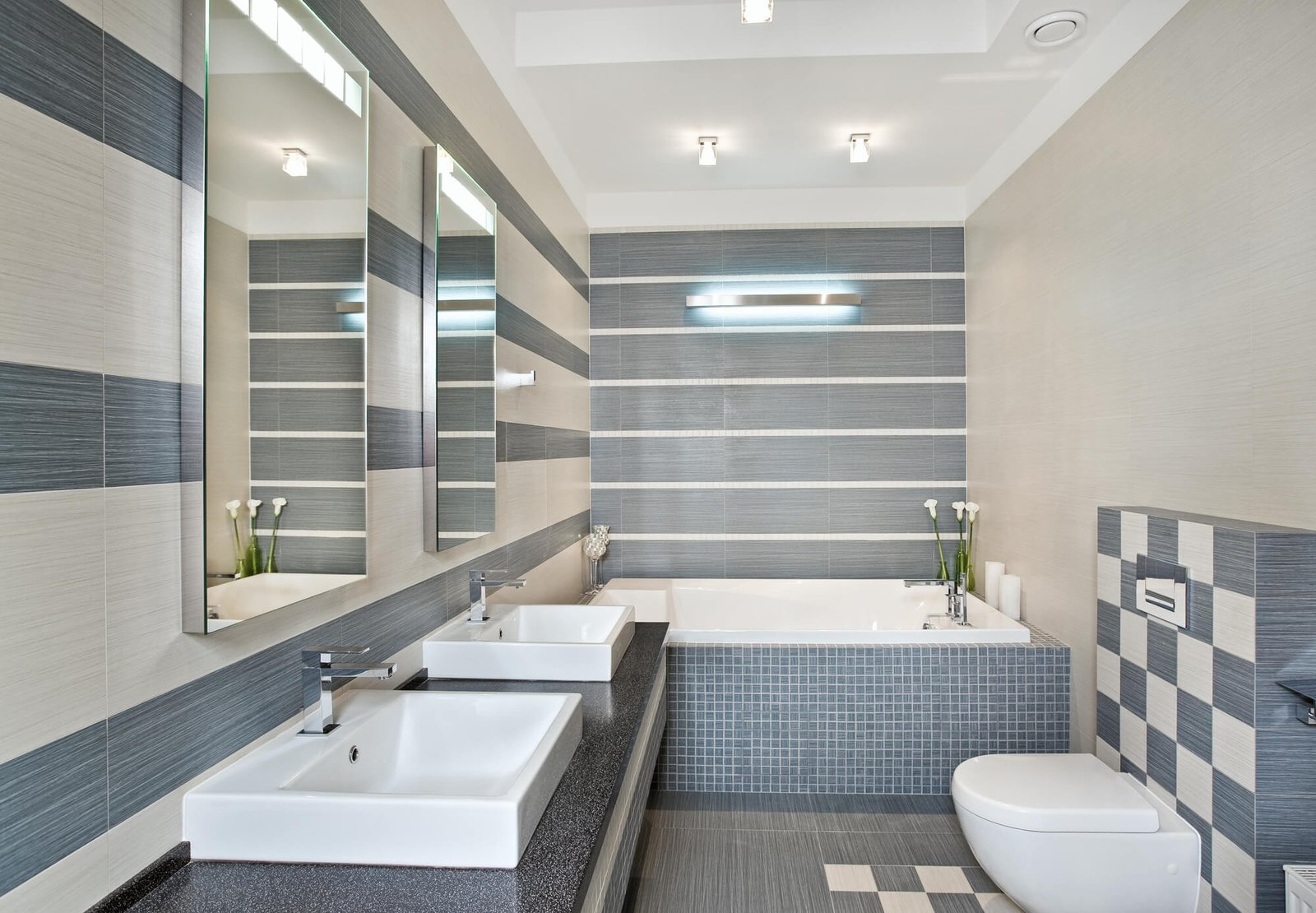Bathroom Water Leaks: Mastering Detection and Fix Strategies
Bathroom Water Leaks: Mastering Detection and Fix Strategies
Blog Article
We've uncovered this article on How to Check for Bathroom Leaks listed below on the internet and felt it made good sense to relate it with you over here.

Restroom leaks are frustrating as they interrupt your day's strategy. It is an alleviation that most bathroom leakages are easy to detect and fix, with marginal price ramifications.
Having a water leakage in restroom can be stressful to the house owner. Yet fixing the leak ends up being a very easy problem if you understand what to do. This write-up is crucial as a home guide to taking care of a water as well as discovering leak in restroom. It does not replace the need for professional knowledge. The short article serves as a "emergency treatment" when you need an emergency response to a water leak in shower room.
Discovery as well as Fixing of Water Leak in Shower Room
Water leakage in restroom typically results from plumbing and pipe mistakes. You may require a standard knowledge of these leak types to discover the water leak in bathroom.
Sprinkle Leaks
These typically arise from water spilling on the shower room floor from the bathtub. It issues of using a poor shower drape or worn bath tub lining. It harms the restroom flooring as well as might cause rot to wood floors as well as bathroom doors. The water normally swimming pools around the bathtub or shower. This might cause worse bathroom damage without prompt handling.
What to Do
If the leakage has harmed the restroom flooring or door, you might need to transform these to avoid more damage. The excellent news is that you can include a pipes professional to assist with the bathroom repair work.
Commode Leaks
Often, water leakages from the commode and pools around the commode base. It is an eye sore in the bathroom and needs timely interest. Occasionally, it arises from a loose connection between the toilet and the tank. This causes water to drip from the cistern to the flooring. It might additionally arise from splits in the toilet bowl or a faulty shut-off valve.
What to Do
If there hang bolts between the tank and also toilet, you just need to tighten them. In some cases you may require to reapply wax on the gasket or call in a bathroom leakage specialist to change worn or broken parts.
Clogged Restroom Sinks
Occasionally, the water leak in shower room arises from sink clogs. This is typically a hassle to homeowners and may be unpleasant. Blockages might arise from the build-up of soap residue, hair particles, or particles that obstruct the drain. It is easy to manage blockages, and also you might not require specialist abilities.
What to Do
You can utilize a drain serpent to remove the debris in the drainpipe and also allow the stagnant water flow. Drain pipes cleaners are additionally available in shops and also are very easy to use.
Verdict
Water leaks in the shower room are avoidable events in the house. When they do, fix them quickly, or involve the solutions of an expert.
The post serves as a "initial help" when you require an emergency situation feedback to a water leakage in shower room.
Water leak in washroom commonly results from plumbing and also pipe faults. You might require a basic expertise of these leak kinds to find the water leak in shower room. It damages the washroom floor as well as might create rot to wood floors and shower room doors. Occasionally, the water leakage in washroom results from sink blockages.
Signs That You Have a Water Leak in Your Bathroom
Puddles and Damp Patches
Water that’s appearing unexpectedly is a bad sign. If you’ve not taken a bath or shower, yet water’s still on the floors, then you’ve sprung a leak.
Keep an eye out for puddles on the floor, around the base of your shower, and/or in the cabinets of your bathroom. That water’s coming from somewhere!
The same goes for dampness in the room. Damp patches (however big or small) that appear anywhere from the floor to the ceiling is another sign of a leak.
Mold
Mold isn’t uncommon in bathrooms.
It’s found in damp and humid conditions, making a bathroom prime territory for mold to form. This is true in and around areas like the shower.
Confusingly, though, mold can also be a signal of a leak. Remember the damp patches we mentioned above? Well, it’s only a matter of time before mold grows on them.
Note any mold that’s started to form in ‘unexpected’ places. Pay close attention to mold in areas that should, in theory, remain dry.
Peeling Wallpaper
You may or may not have wallpaper in your bathroom.
If you don’t, then skip this one. However, for those that do, read on!
Essentially, any damp that’s present beneath a layer of wallpaper will cause it to peel away from the wall. Sure, this happens in time anyway, as the adhesive fails.
But don’t let that fact dissuade you from suspecting a leak. A well-wallpapered bathroom won’t peel unless there’s a problem.
Tiling Issues
On the subject of things coming off walls, pay attention to your bathroom tiles.
Never ignore them when they’re broken or loose, or have damaged caulking between them. These can let water trickle through and impact the materials beneath in what’s called a ‘tile leak’.
Bad tile leaks can be expensive to repair. If you’re lucky, you can get away with just replacing the tiles and grout/caulk. Sometimes, though, you’ll need a brand new backing.
The basic message here is to regularly check the tiles in your bathroom for damage, wear and tear! Call a professional for support at the first sign of trouble.
Strange Noises
Nothing sends terror through the hearts of a homeowner like the sound of dripping water in the walls! Any obvious water sounds must be addressed as soon as possible. You’ve sprung a leak which could be causing untold damage to the property.
Keep an ear out for more subtle and unrecognizable sounds too. For instance, a high-pitched hissing noise in the walls can come from a pipe that’s developed a slight crack.
Call the professionals whenever you notice watery noises persisting in the absence of bathroom appliances being used.
Strange Smells
As we’ve seen, leaks often cause damp, mold and mildew to develop in your bathroom.
However, you might notice a strange smell before these key visual clues emerge.
Think about the last time you went down into an old basement. The dank and earthy odor in the room is like what you can find in a bathroom with a leak. Unfortunately, many homeowners don’t understand what they’re smelling!
They might buy a new air freshener to remove the smell, without addressing the actual cause. It would be like spraying deodorant on your clothes instead of putting them through the wash! The smell improves, but the leak is allowed to get worse.
https://www.plumbtimesc.com/7-signs-that-you-have-a-water-leak-in-your-bathroom/

I discovered that piece about Tips For Water Leak Detection In Bathroom while looking around the web. Sharing is nice. You won't know, you could be helping someone out. Kudos for your time. Visit us again soon.
Expertly handling plumbing emergencies daily. Report this page